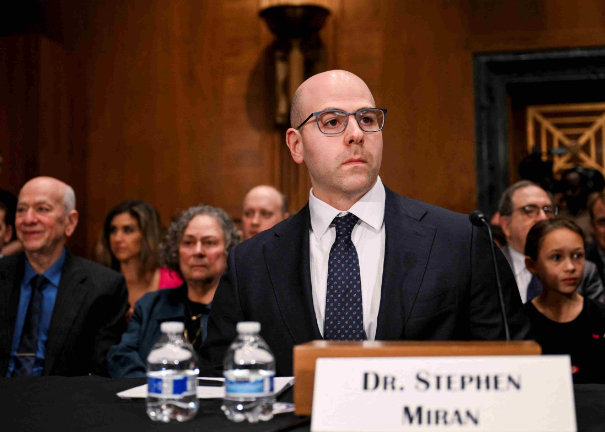
With the US federal debt exceeding $37 trillion and annual interest payments reaching $1.2 trillion, the Trump administration is waging an unprecedented "struggle for power" against the Federal Reserve. Its strategy is clear and radical: on the one hand, it is reshaping the Federal Reserve Board through personnel purges, and on the other, it is using fiscal policy to pressure monetary policy. This two-pronged approach seeks to undermine the Fed's century-old independence and turn the world's most important central bank into a political tool.
Trump's primary goal is to control the Federal Reserve Board. He has already appointed two close associates to the seven-member board and has publicly threatened to fire Board member Cook, who he sees as an obstacle. If he secures more nominations, Trump will gain majority control of the board, allowing him to push for radical reforms. The foundation of the Federal Reserve's independence lies in the joint decision-making structure of the 12 regional Federal Reserve bank presidents and the Board of Governors. These presidents, elected by local business leaders, represent the voice of the regional economy, independent of Washington policymakers, and serve as a critical firewall to the Fed's independence. Trump has set his sights on these 12 regional bank presidents. Trump has hinted that he may refuse to reappoint the current Fed president. If successful, this move would completely break with tradition dating back to 1913, achieving total control from Washington down to the local level, making the Federal Reserve a vassal of the executive branch and completely overturning the Fed's century-old operating rules. Wall Street Journal reporter Nick Timiros notes that this move would give Trump the power to "reshape the Federal Reserve system" and even threaten his refusal to re-elect a regional Fed president, disrupting the central bank's decision-making balance.
At the same time, Trump is using aggressive fiscal expansion to create economic pressure and pressure the Fed to cut interest rates. His plan includes massive tax cuts, infrastructure investment, and support for manufacturing, which will inevitably drive up inflation and debt. Data shows that US debt has reached 126.8% of GDP, and Moody's predicts a recession risk of as high as 49%. If interest rates remain high, interest payments will rise to $1.4 trillion by 2026, far exceeding fiscal capacity. Therefore, Trump must lower interest rates to alleviate the debt crisis, and the Federal Reserve has become his lifeline.
Trump's actions have caused significant market volatility. Heightened security and cautious rhetoric at the Jackson Hole Fed annual meeting reflect the tense standoff between the central bank and the White House. History offers a stark warning: political intervention in the 1970s led to high inflation and economic collapse, ultimately only rescuing it through extreme austerity policies. If the Federal Reserve's independence is eroded, monetary policy will become a political bargaining chip, potentially impacting the credibility of the US dollar and the global financial system. Wall Street analysts warn that Trump's "purge" not only threatens the US economy but could also trigger a global monetary system earthquake.
Trump is currently dragging the Federal Reserve into an unprecedented political vortex. His two-pronged strategy aims not only to alleviate debt pressure but also, more deeply, to reshape the US financial power structure. However, the costs of this gamble far outweigh the short-term gains: if the Fed loses its independence, the US will lose the anchor of the global financial system, the foundation of the US dollar's hegemony will be shaken, and the global economy will be plunged into a chain reaction of turmoil.
Trump's rapid charge represents a life-or-death gamble over financial independence. History has proven that central bank independence is the cornerstone of economic stability; if politics trumps professional expertise, the US and the world may pay an unbearable price. Whether the Federal Reserve can hold its century-old defense or become a political tool will determine the fate of the global economy in the coming years.

A new survey released in the United States shows that in the context of rising prices and growing concerns among the public about the economic outlook of the country, there is a coexistence of frugality and differentiation.
A new survey released in the United States shows that in th…
By the end of 2025, the situation in the Middle East resemb…
According to Channel NewsAsia, international oil prices hav…
On Sunday, US President Donald Trump Trump met with Ukraini…
Officials in the Trump administration, speaking on Fox News…
In 2025, the Trump administration reshaped the global trade…